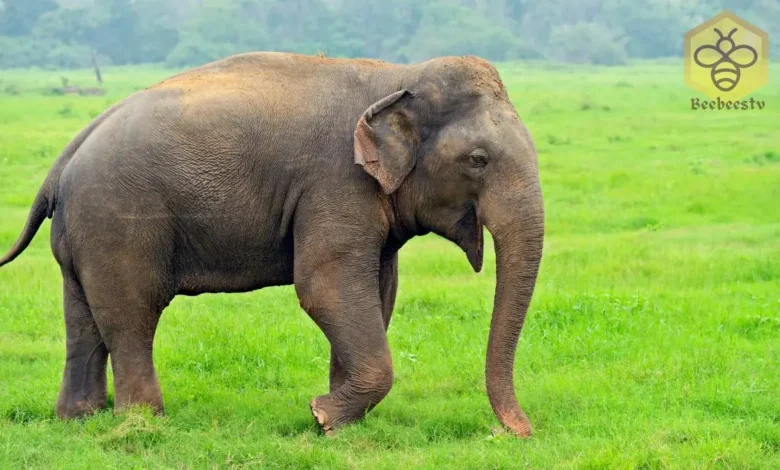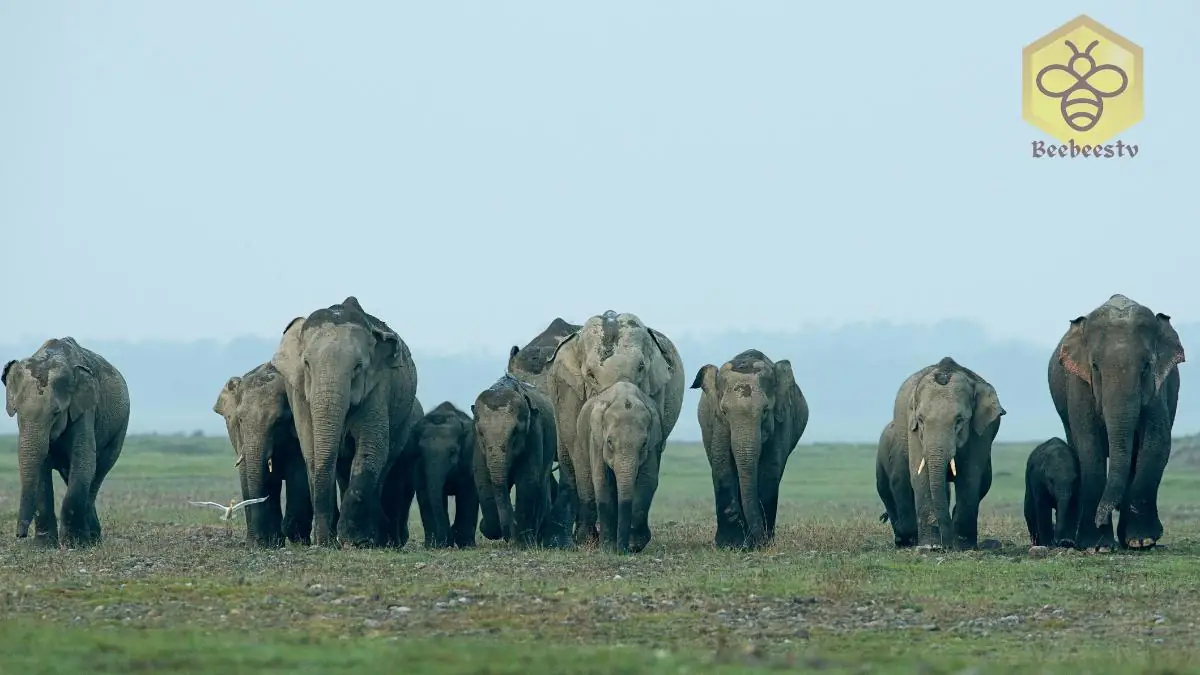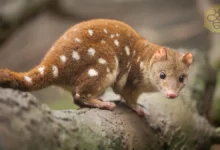Indian Elephants: Majestic Giants of the Wild

Indian Elephant: A Majestic Giant of the Wild
Indian Elephant: A Majestic Giant of the Wild
The Indian elephant, a subspecies of the Asian elephant, is one of the most revered and respected animals in Indian culture. These majestic creatures have a significant place in religion, folklore, and history. As an essential species in the ecosystem, they contribute to maintaining the balance in their habitat.
Scientific Name
The scientific name of the Indian elephant is Elephas maximus indicus.
Common Name
The Indian elephant is commonly referred to simply as the “Indian elephant.” It belongs to the broader group of Asian elephants, which also includes the Sri Lankan and Sumatran elephants.
Scientific Classification
| Kingdom | Animalia |
| Phylum | Chordata |
| Class | Mammalia |
| Order | Proboscidea |
| Family | Elephantidae |
| Genus | Elephas |
| Species | Elephas maximus |
| Subspecies | Elephas maximus indicus |
Types of Indian Elephants
While the Indian elephant (Elephas maximus indicus) is part of the larger Asian elephant species, it stands apart due to its distinct features and habitat. The other two recognized subspecies of Asian elephants are the Sri Lankan (Elephas maximus maximus) and the Sumatran (Elephas maximus sumatranus). Indian elephants are generally found in mainland Asia, especially in India, Nepal, Bangladesh, Bhutan, and parts of Southeast Asia.
Habitat
Indian elephants thrive in a variety of habitats, including grasslands, forests, and tropical regions. They are highly adaptable and can survive in different environments, such as dense jungles and open grasslands. In India, they are predominantly found in the northeastern states, southern regions like Karnataka and Kerala, and some parts of central India.
Physical Characteristics
Indian elephants are large mammals with distinct physical traits:
- Size: They can reach up to 6.4 meters (21 feet) in length and 2.7 meters (9 feet) in height.
- Weight: They typically weigh between 2,700 to 5,500 kg (6,000 to 12,000 lbs).
- Skin: They have thick, grayish-brown skin with sparse hair. Their skin often appears wrinkled and rough.
- Tusks: Only male Indian elephants develop large tusks, while females usually have small or no tusks at all. These tusks are used for digging, lifting objects, and as a defense mechanism.
- Ears: Compared to African elephants, Indian elephants have smaller ears that help them dissipate heat.
- Trunk: Their trunk is a vital organ used for breathing, feeding, drinking, and grasping objects. It has around 40,000 muscles, allowing it to be incredibly flexible and strong.
Diet
Indian elephants are herbivores. Their diet consists mainly of:
- Grass
- Bark
- Leaves
- Roots
- Fruits
They spend 16 to 18 hours a day feeding, consuming up to 150 kg (330 lbs) of plant matter. Their large size and high metabolic rate mean they must eat a substantial amount of food daily. Additionally, they drink large quantities of water and are known to travel long distances to find water sources.
Predators and Threats
While adult Indian elephants have no natural predators, young calves may fall prey to tigers and leopards. The greatest threat to the Indian elephant, however, comes from human activities:
- Habitat Loss: Deforestation and human encroachment have significantly reduced their natural habitat, forcing them into smaller, fragmented areas.
- Human-Elephant Conflict: As humans move closer to elephant habitats, conflicts arise, leading to injuries and deaths on both sides.
- Poaching: Male elephants are often targeted by poachers for their valuable tusks, though this illegal activity has decreased due to strict anti-poaching laws.
- Climate Change: Changing weather patterns are impacting the availability of food and water, affecting their migration and feeding behavior.

Reproduction, Babies, and Lifespan
Indian elephants have a slow reproductive rate, with females giving birth approximately every 4 to 5 years.
- Gestation Period: The gestation period lasts around 22 months, making it one of the longest of any land animal.
- Calves: At birth, elephant calves weigh about 100 kg (220 lbs) and are dependent on their mother’s milk for the first year.
- Lifespan: In the wild, Indian elephants can live up to 60-70 years.
Population
The population of Indian elephants has been declining due to habitat loss, poaching, and human-elephant conflict. Estimates suggest that there are around 27,000 to 30,000 Indian elephants left in the wild. They are listed as “Endangered” by the International Union for Conservation of Nature (IUCN).
Behavior and Lifestyle
Indian elephants are highly social animals and live in herds led by an older female, known as the matriarch. These herds usually consist of related females and their young. Males, after reaching maturity, typically leave the herd and may lead solitary lives or form small, temporary all-male groups.
- Communication: Elephants communicate through vocalizations, body language, and infrasound, which allows them to “talk” to other elephants several kilometers away.
- Migration: They are known for their migratory behavior, often traveling long distances in search of food and water.
Ecological Role
Indian elephants play a crucial role in their ecosystem. As “ecosystem engineers,” they help shape their environment in several ways:
- Seed Dispersal: By eating fruits and plants, elephants disperse seeds through their dung, promoting forest regeneration.
- Creating Water Sources: During dry seasons, they use their tusks and trunks to dig for water, creating waterholes that benefit other species.
FAQs About Indian Elephants
- Are Indian elephants endangered?
Yes, Indian elephants are listed as endangered due to habitat loss, poaching, and human-elephant conflict.
- What do Indian elephants eat?
Indian elephants are herbivores, primarily feeding on grass, bark, leaves, and fruits.
- How long do Indian elephants live?
In the wild, Indian elephants can live up to 60-70 years.
- What are the major threats to Indian elephants?
The major threats include habitat loss, human-elephant conflict, and poaching.
- How do Indian elephants communicate?
Indian elephants communicate using vocal sounds, body language, and infrasound, which can travel over long distances.
Conclusion
The Indian elephant is not just a symbol of strength and wisdom in Indian culture; it also plays an irreplaceable role in maintaining the health of its ecosystem. However, this majestic species faces numerous challenges, primarily from human encroachment and environmental changes. Conservation efforts are vital to ensuring that future generations can continue to admire these gentle giants in the wild. By protecting their habitats and mitigating human-elephant conflict, we can help preserve the Indian elephant for years to come.


